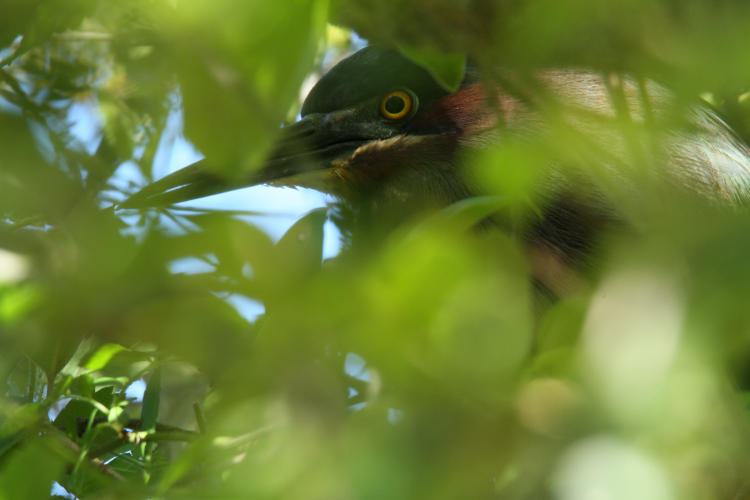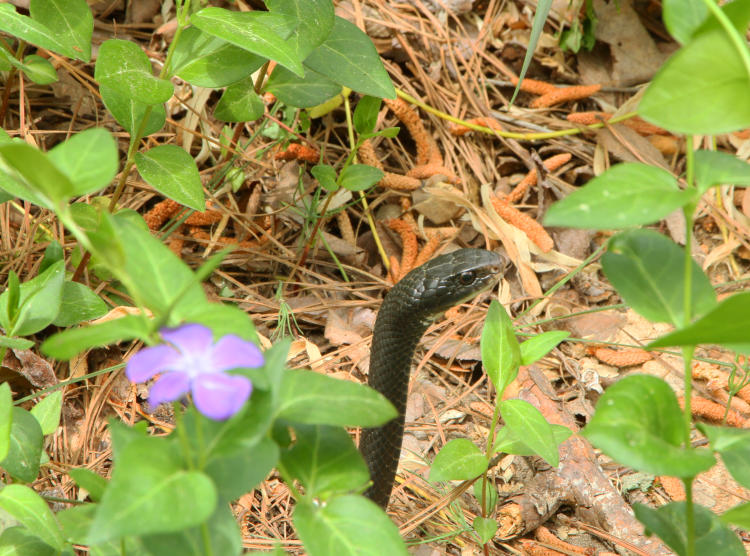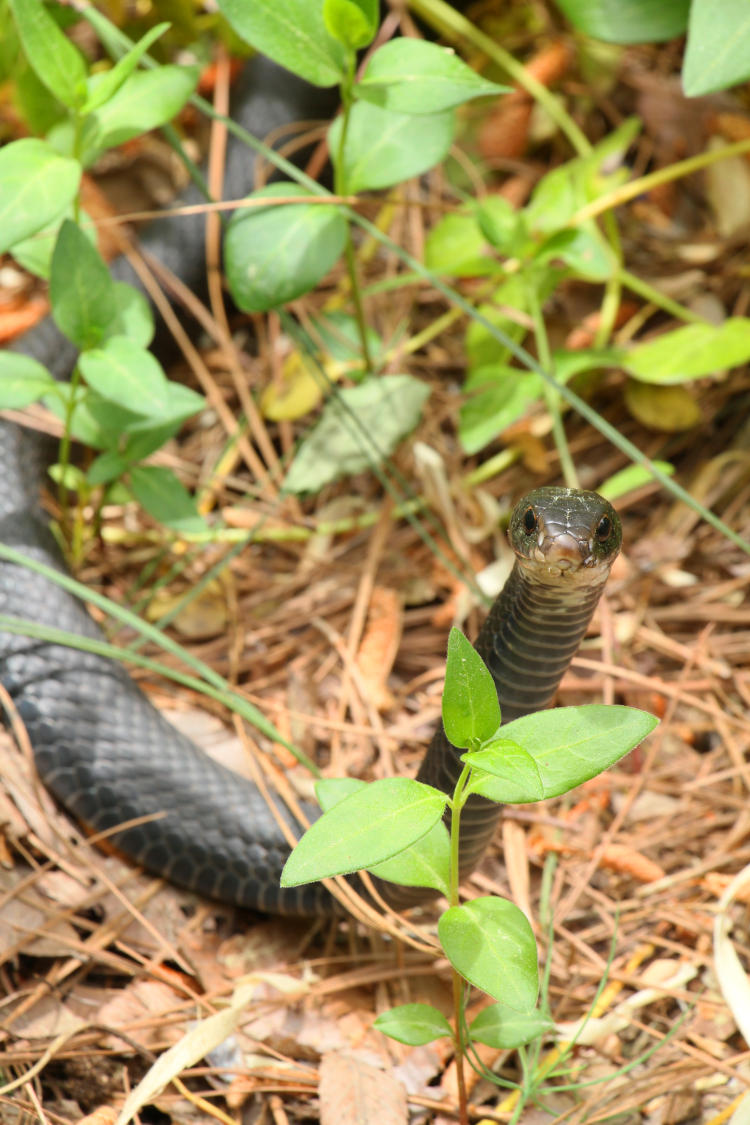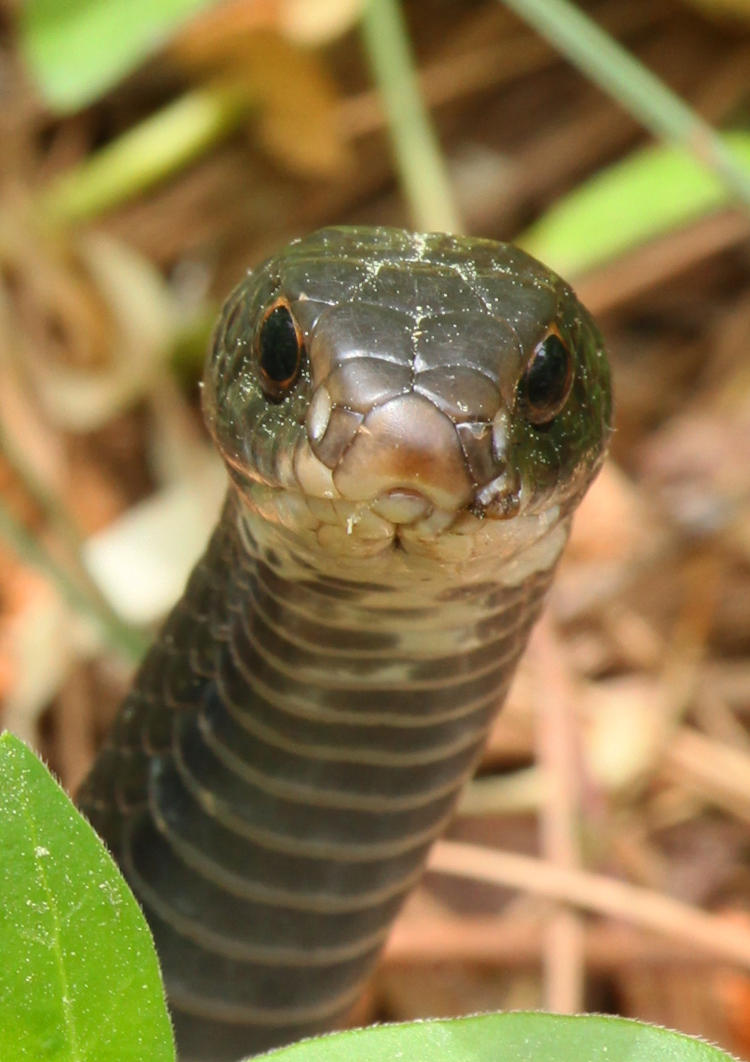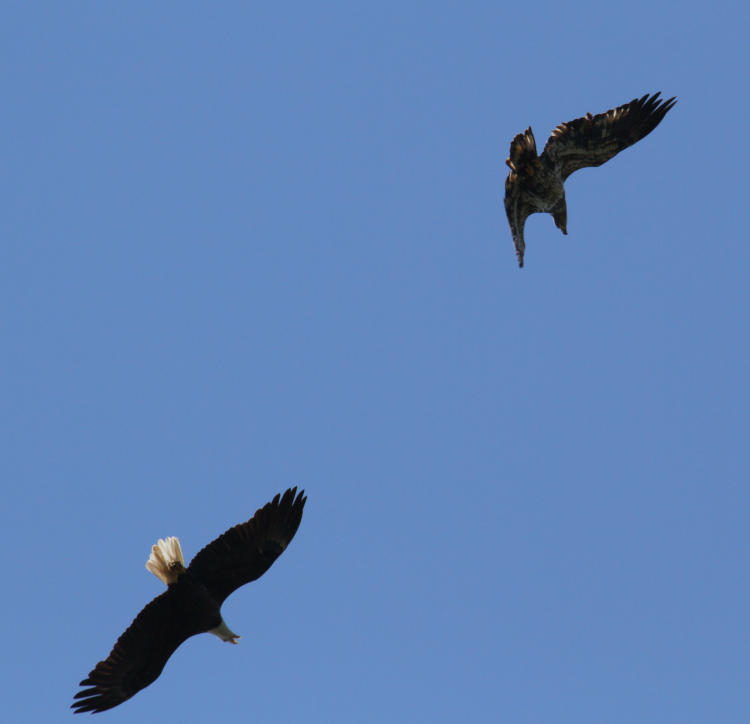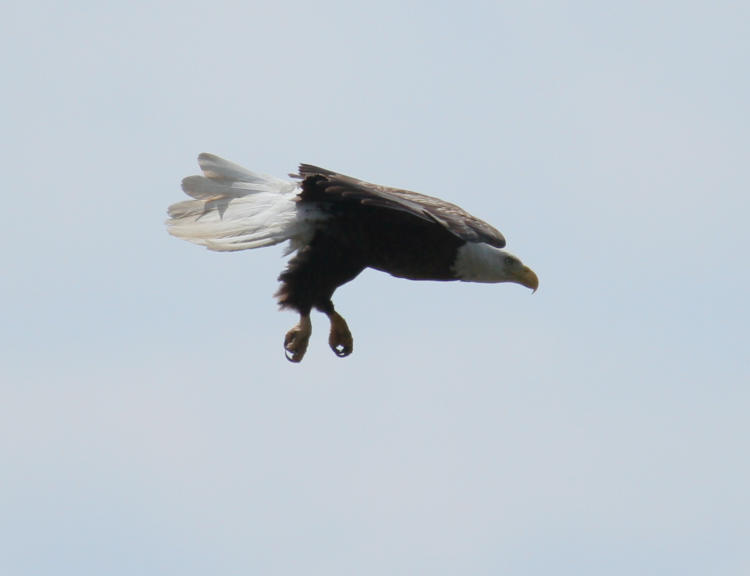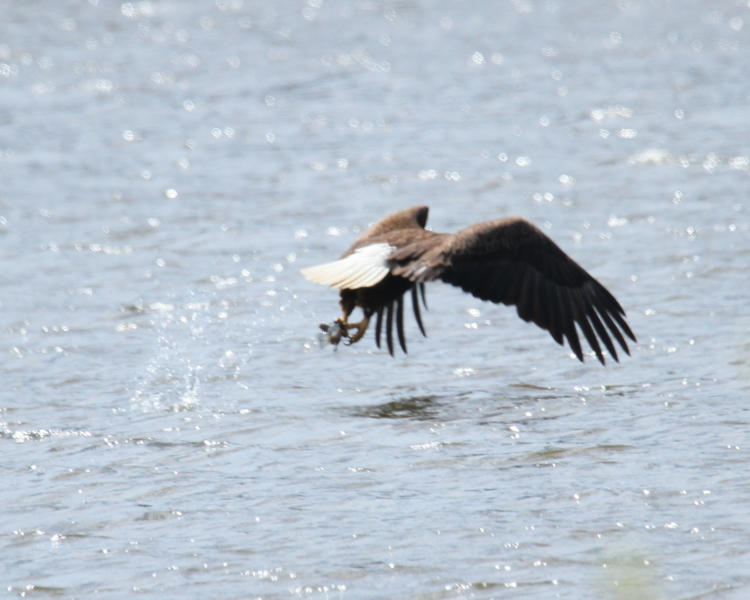I have a gout of bird photos taken recently, so I’ll throw them up quickly to round out the month. I’ll still be one shy of a post for every day in April, but so be it. Worse, I don’t have a podcast for the month either, but may make up for this shortly.
Also, remember when I mentioned doing the sorting? I’d cleaned out the download folder at that point, yet it now has over a thousand photos awaiting sorting again as I sit here, and some more of those will be edited for blog use – I’ve found that if I don’t do it before I sort them into their categorical folders, I rarely go back and find blog topics from there, so it’s better to do it pre-sort.
The Girlfriend and I had been cruising around the neighborhood pond a few days back, and on our initial circuit, I lined up with the pair of double-crested cormorants (Phalacrocorax auritus) that tend to hang out on the pilings, and snagged a near-mirror-image frame for giggles.

These piling sit at the end of a little peninsula on the pond, so there are two primary angles that I can achieve, and as I came around to the second, I was able to include a great blue heron (Ardea herodias) in the frame – with the unplanned addition of a Canada goose (Branta canadensis) to boot.

Granted, depth of field at that focal length wasn’t really working in my favor, but I can assure you, that blob in the distant background is indeed a goose, and (despite the similarity in appearances) not a UFO or Bigfoot.
Yet we’d made it most of the way around the perimeter without seeing any of the green herons (Butorides virescens,) and I was puzzling over it a little, given how active they’d been only a couple days previously. And then I glanced down at the water’s edge near my feet to find one right there, not four meters away, which is a lot closer than they usually allow.

I was extremely cautious as I drew The Girlfriend’s attention to it and maneuvered for a good angle, but really, it was likely wasted effort; the heron didn’t seem to give the barest fragment of a rat’s ass that I was there. So I was able to do a full-length portrait…

… and a tighter closeup…

(The above image is full-frame, by the way) … and even a head-on perspective with some careful circling around…

Really, way too lucky with these. I remarked earlier that I knew there was at least a pair, with one being more tolerant of close approaches than the other, so I have to assume this is that one. I’m still watching for nesting behavior, even though I suspect I’d never get a clear view of the nest. And this makes me recall that I have some good illustrations of this, but not edited for posting yet. They’ll be along.
We had stopped to chat with a friend of ours, a resident around the pond, but as the two ladies got deeper into conversation, my wandering eyes were picking out more subjects. Very close by in plain sight, what I believe is a juvenile red-shouldered hawk (Buteo lineatus) sat and watched us impassively.

I’m not sure I could pin down a positive ID from this view, but our friend said she’d had a nest in her backyard and that was only a couple dozen meters off, so I’m fairly confident of tagging this as a red-shoulder. Before I could break in and draw their attention to it, it flew off, having completed its onus of sitting still for a portrait.
We were right alongside a nest box for eastern bluebirds (Sialia sialis) where we normally didn’t pause, so I was able to catch the male after his turn stuffing the young-uns.

We didn’t have a decent vantage into the nest box, so no pics of the young, but I’ll keep an eye out and potentially catch one of them bailing the box as they fledge. It’s a very narrow timeframe, and they’ll soon be up in the branches above, so more than a little luck will be involved if it happens.
Our friend had also told us about a pileated woodpecker (Dryocopus pileatus) that had been visiting, though she hadn’t seen it in several days. Then she got engrossed in conversation with other residents (it was a very pleasant afternoon and, really, what else is there to do these days?) and missed the bird flying overhead and landing in a nearby tree. I could only get a couple of clear shots at it, but I’m pleased, since pileateds tend to be rare around here and it’s been a couple of years since I saw one.

It’s a shame, because they’re very cool birds, and quite big as far as woodpeckers go, only a little smaller than crows in body size. Plus they have great calls – I’ll endeavor to get some recordings at some point.
Less endearing was the sight as we returned home, hearing a commotion in the neighbor’s yard and seeing some frantic activity at a nest box of theirs.

That’s a male red-bellied woodpecker (Melanerpes carolinus) raiding the nest box presently used by a black-capped chickadee (Poecile atricapillus) family. I’d never actually seen this behavior myself, but there was no question it was after the young.

I hadn’t actually had the camera in hand when we first saw this, so I’d had to rush in and grab it, giving some indication how long this was going on. I also attempted a couple of video clips, but even braced on a fencepost, the video is so wobbly that I can’t inflict that on you. This answered the question that I’d had as to whether a monopod would be sufficient for long-lens video clips. No. No it would not.

At our first sight, one or both of the parents was well in attendance, attempting to dissuade the woodpecker, but upon returning with the camera I only got this one frame (and a bare blur in the video); they’d started to keep their distance. The woodpecker (slightly larger than a robin) managed to pull something from the nest and kept it hidden from our vantage on the far side of the nest box, but I had several views of it picking and discarding fluff, so I’m fairly certain it got a nestling chickadee. After that, it made another few attempts, then flew off, and I get the impression that another nestling, at least, was too deep to be reached, because the parent chickadees are still attending the nest.
Only a couple of minutes after seeing the raider fly off, we saw it again on trees in our yard, busy foraging among the bark as they are typically found. The vantage, with intervening branches, was worse at times, thus the green blur.

On occasion, it peeked out into the bright sunlight and allowed some better lighting, and I liked the glow from the eyes here.

But as I examined the photos afterward, I realized this was a different individual, not having the wet-looking stripe along the top of the head (potentially even blood from chickadee attacks) that’s visible in the earlier frames.

This raises it own questions, because the two trees were only a handful of meters apart, so this means two males in the same territory, and neither one looked like a juvenile. One taking advantage of the other being occupied? I can’t say. This one stayed busy for several minutes as I got achy muscles from holding the long lens practically over my head, eventually laying down on the back deck and shooting from a supine position, which helped a bit.

The woodpecker foraged busily under the bark of the oak tree in that slightly-manic way of theirs, almost like stop-motion animation. Makes me wonder how much caffeine they consume…

In some cases, way under, trying to find those juicy little wood-borers that make up the majority of woodpecker diets. I couldn’t pass up that view, could I?
And finally, today we did another brief trip out to Jordan Lake, which was brilliantly sunny but with a stiff wind, very seaside-like. And true to form, the eagles were easy to find, which I’m still getting used to. There was only one instance of actual fishing, way off in the distance, so no good pics of that, but a juvenile eventually passed quite close by overhead. This is the full-frame perspective:

And now we have to go in for a detail crop:

But, I have an ugly confession to make: these are not the same frame. They’re sequential, a second or less apart, but I liked the catchlight in the eye for this view, while the wisps of clouds in the previous shot made the full-frame view look better. Try not to let it ruin your sleep tonight.
And I’ll close with this one, because I’m me.

I caught the glitter of this in the sunlight as it occurred, and was glad the wind was in another direction; you may have to look hard to see the details below and behind the eagle. I saw it with its talons dropped, normally a sign of a stoop for prey, but apparently it’s also a sign that nature calls, as the juvie dropped a deuce from altitude. Let that be a warning to you: if the talons drop and the bird isn’t coming down to the water, close your mouth.
I have only a couple minutes left in the day and month, so away it goes!
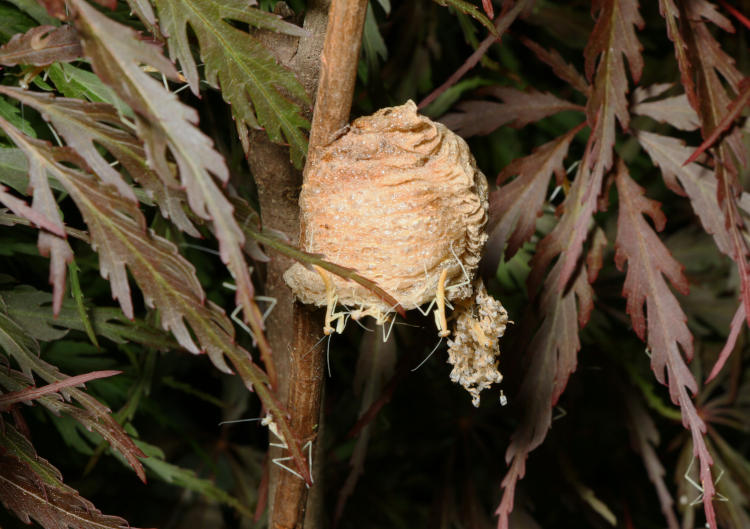
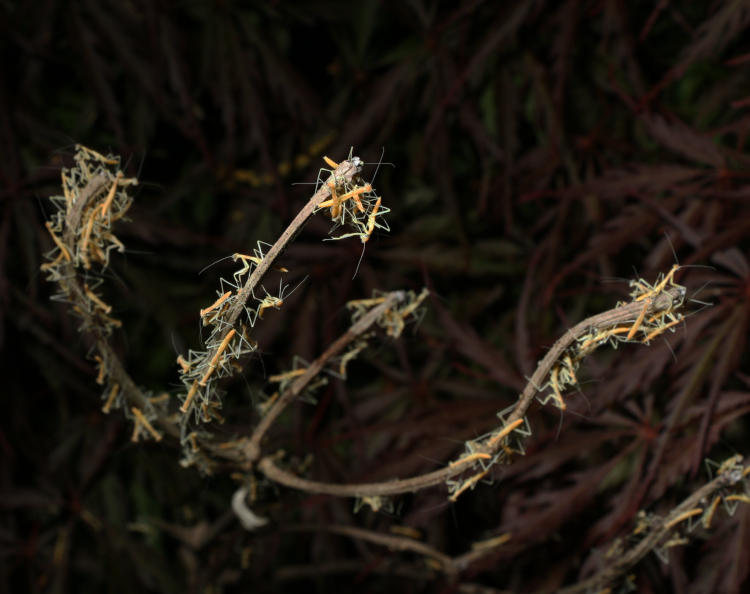
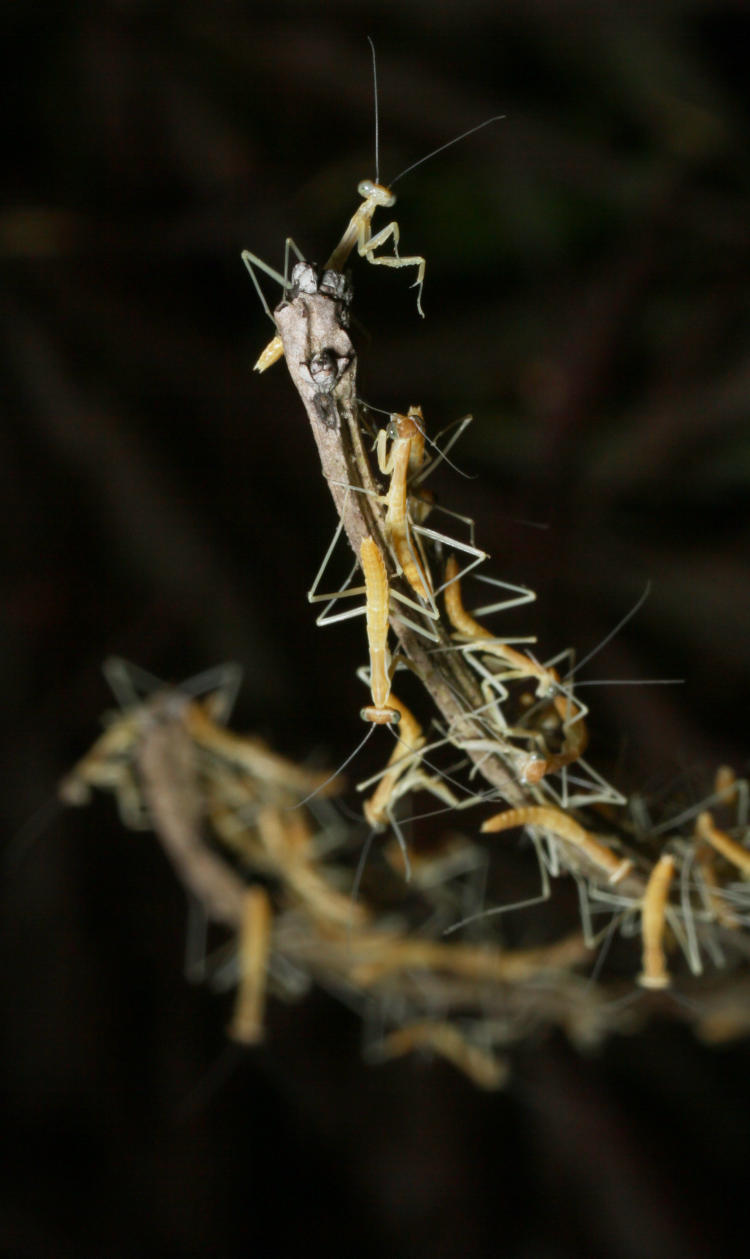

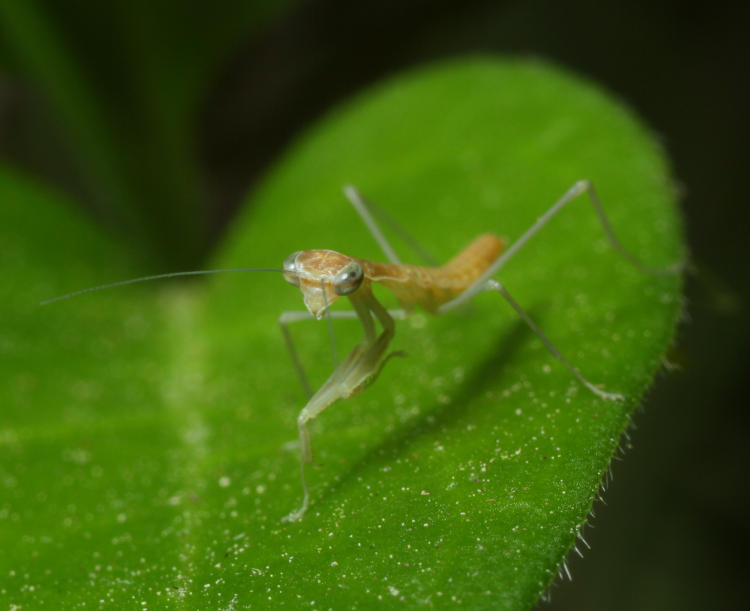
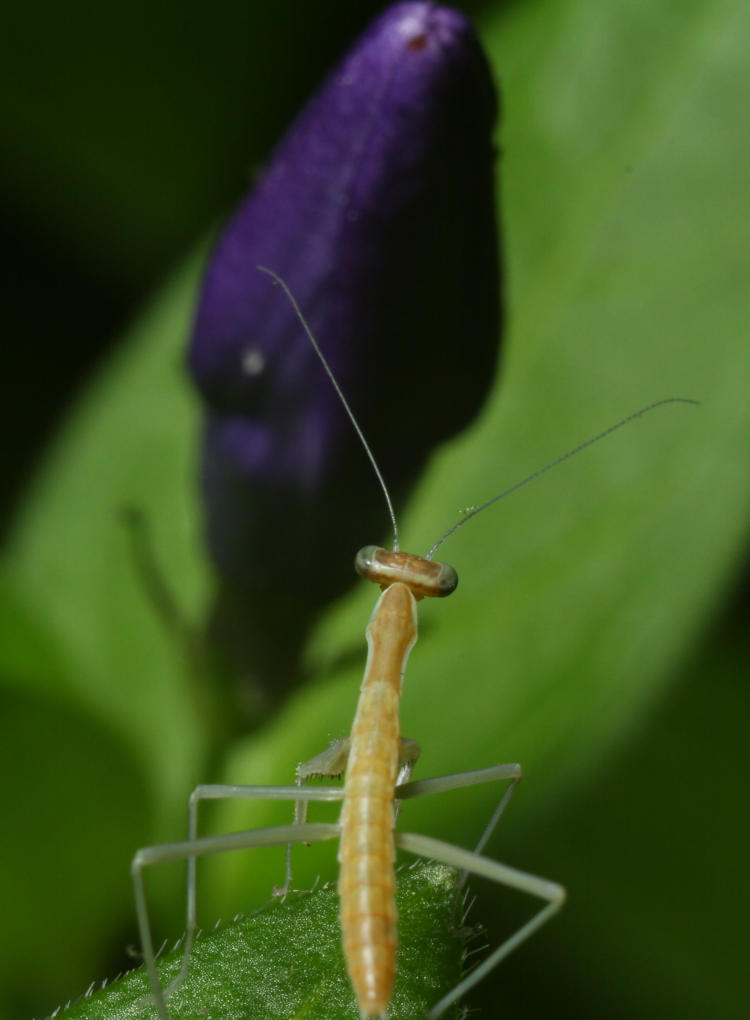

















































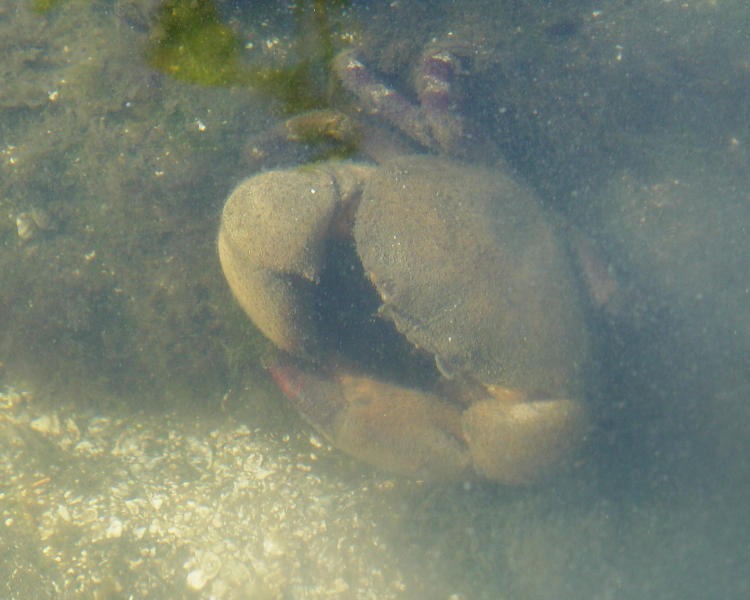
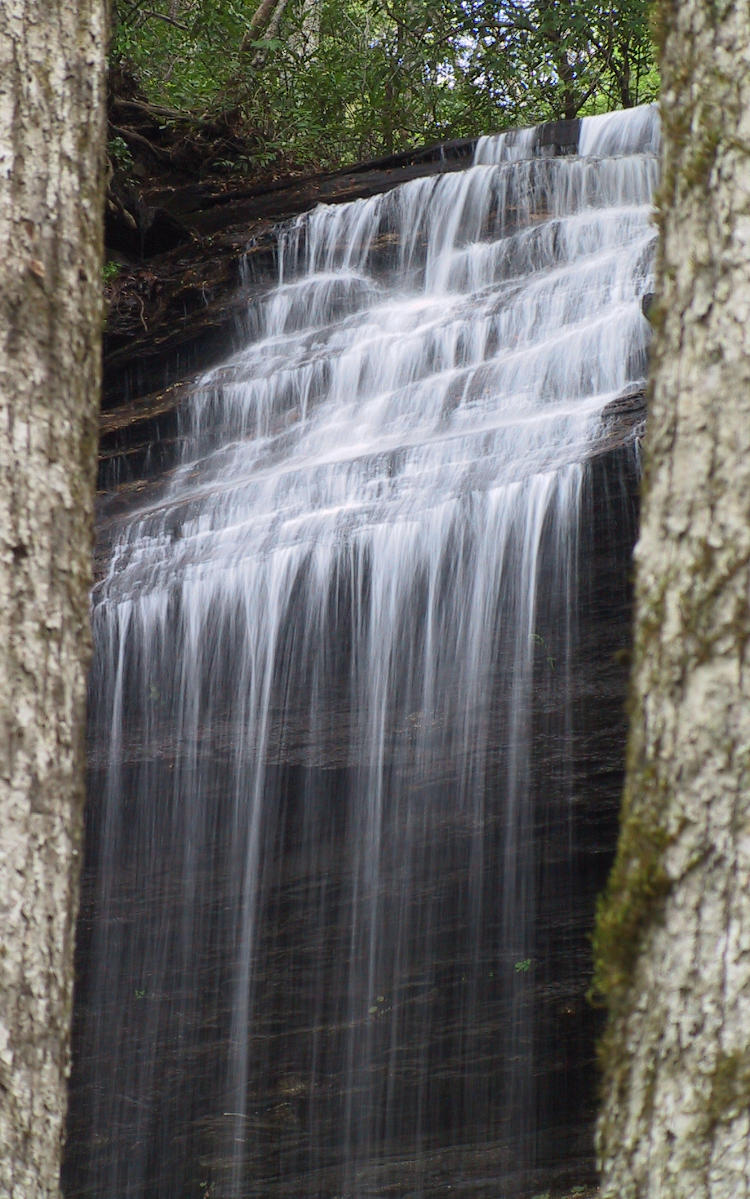
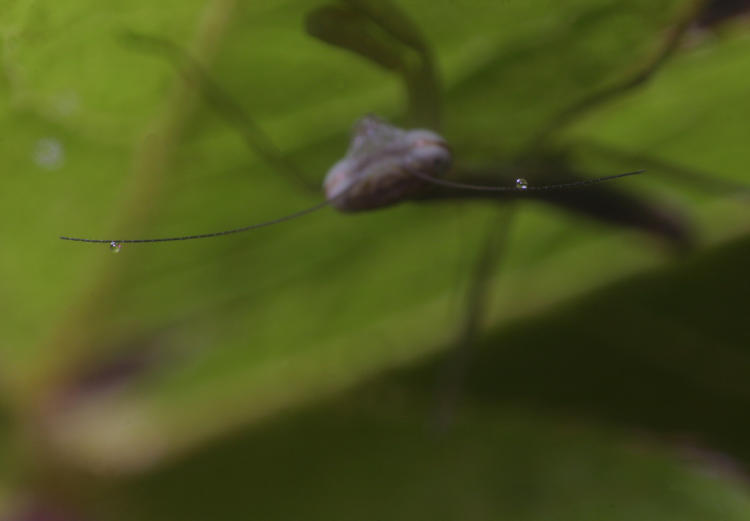

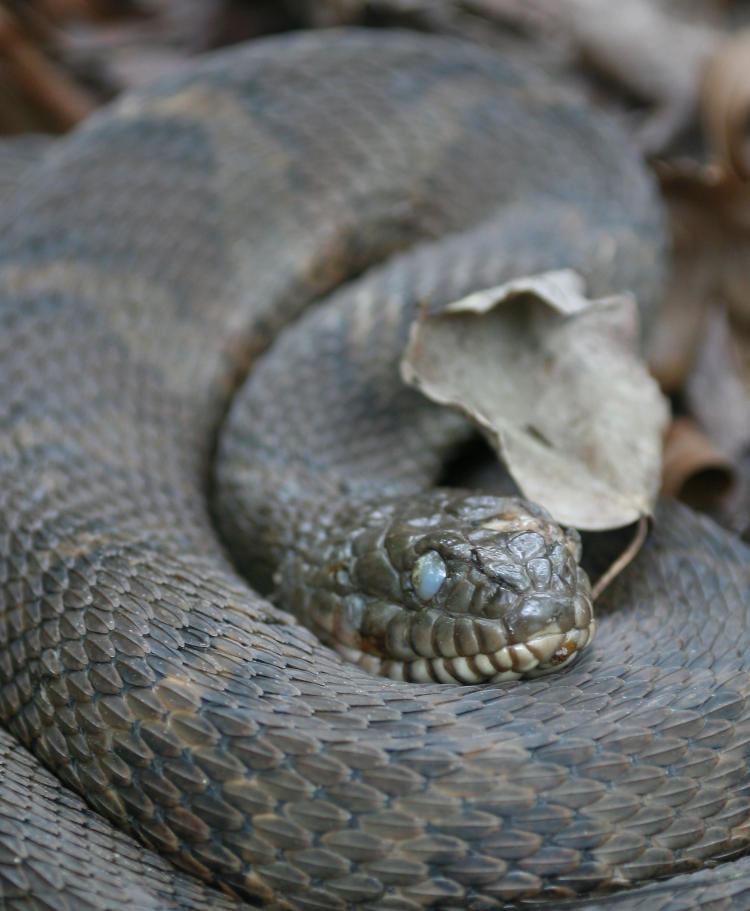
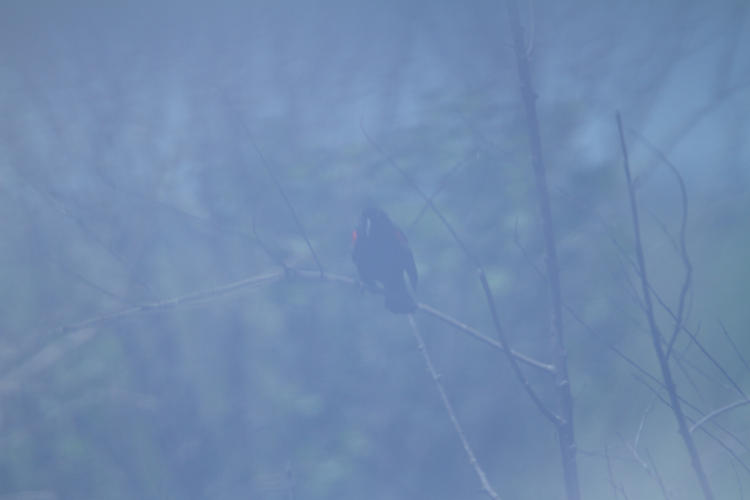


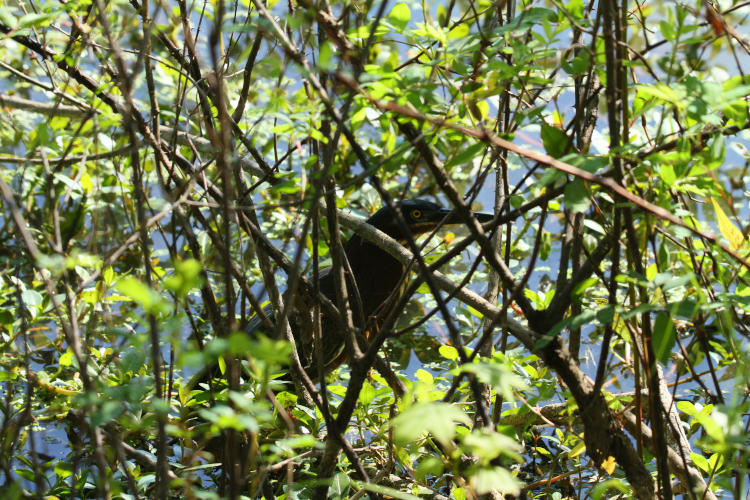
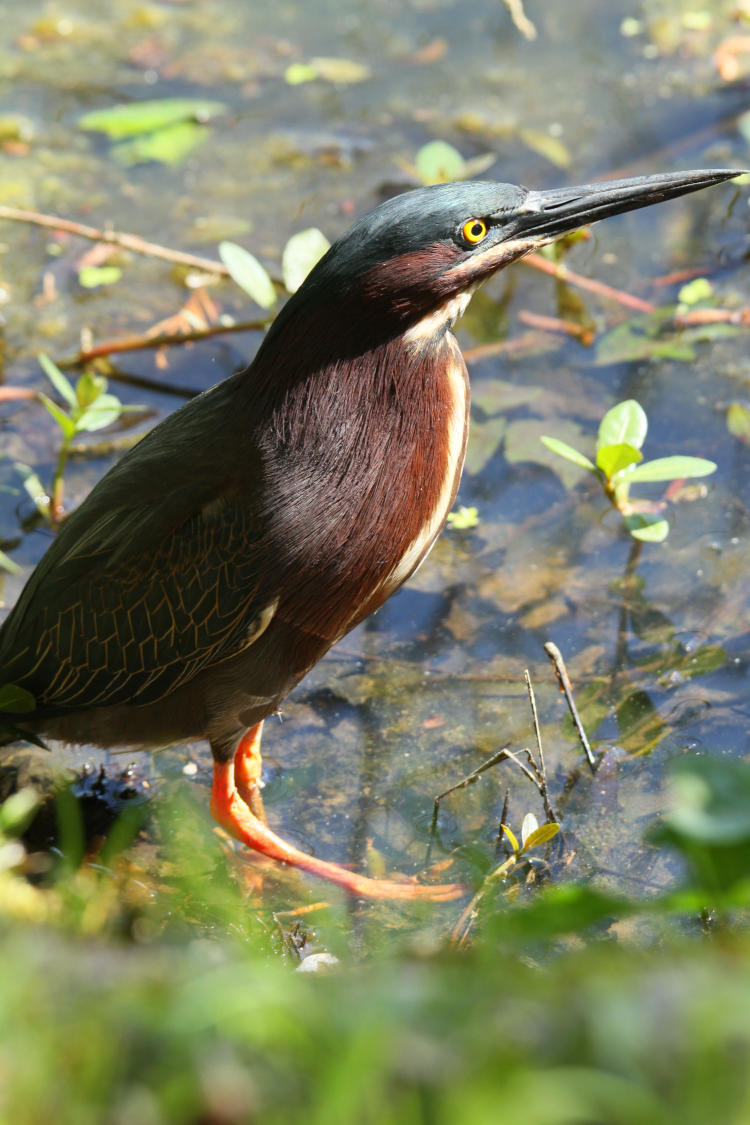


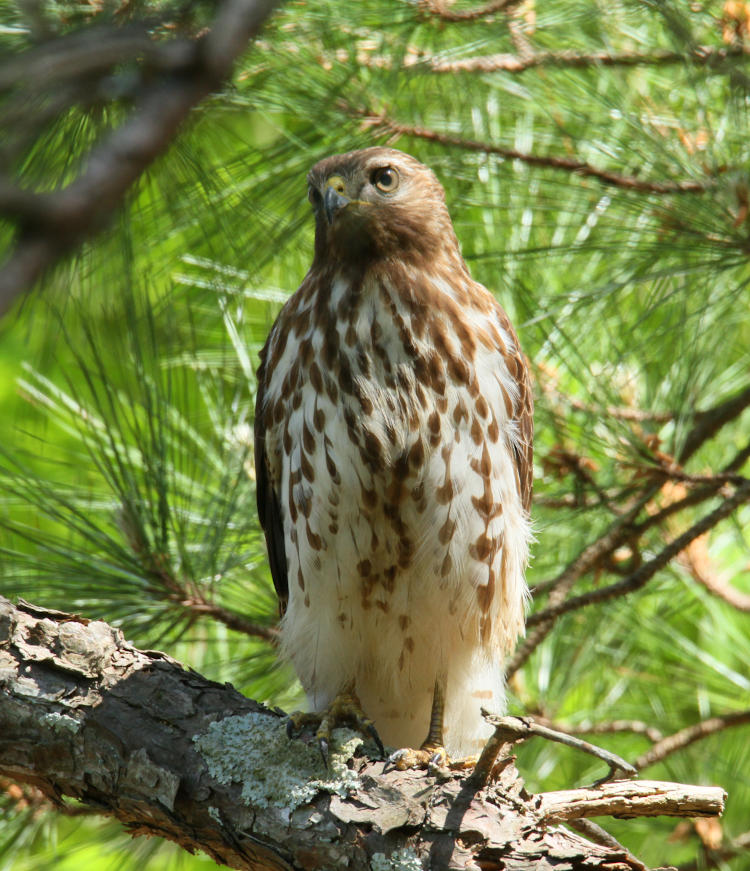






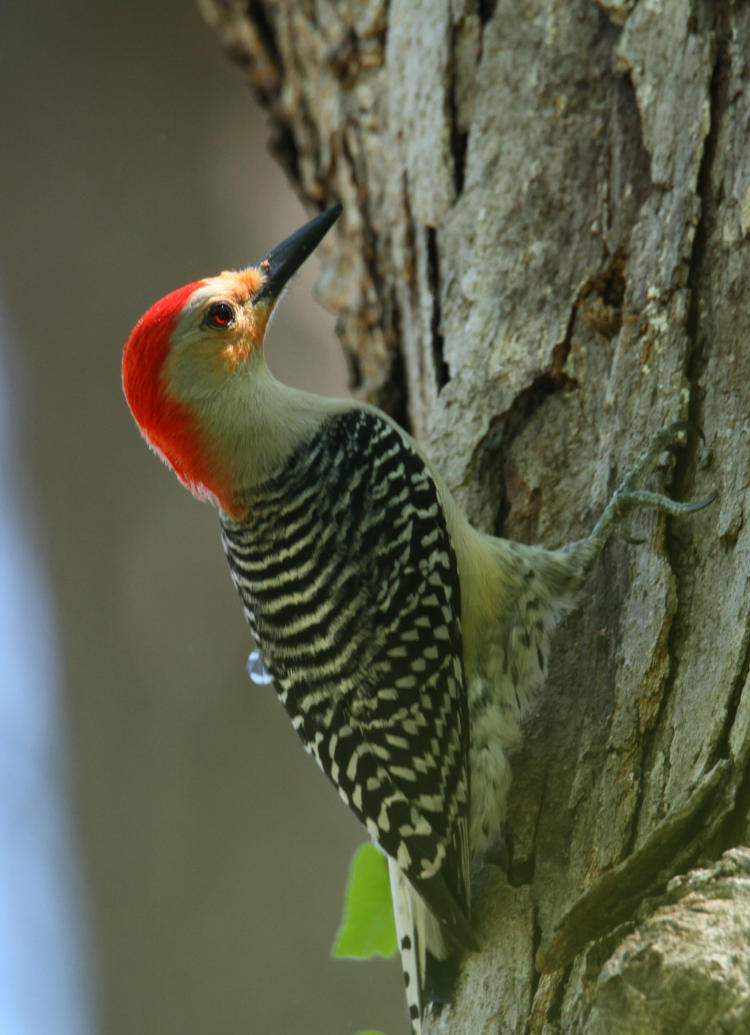
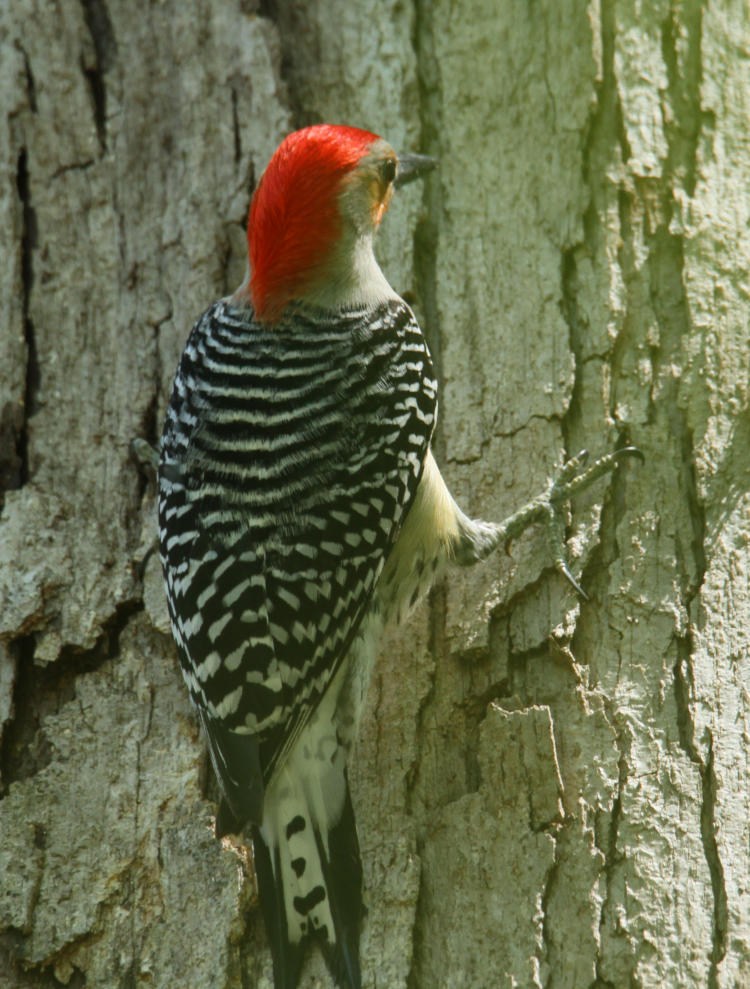
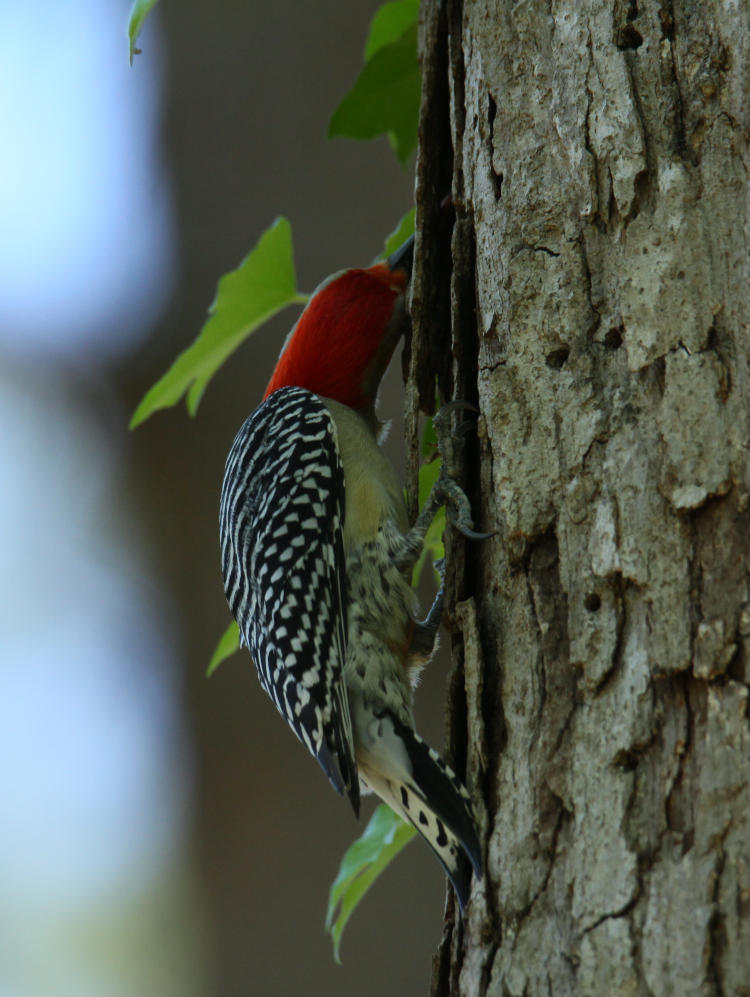




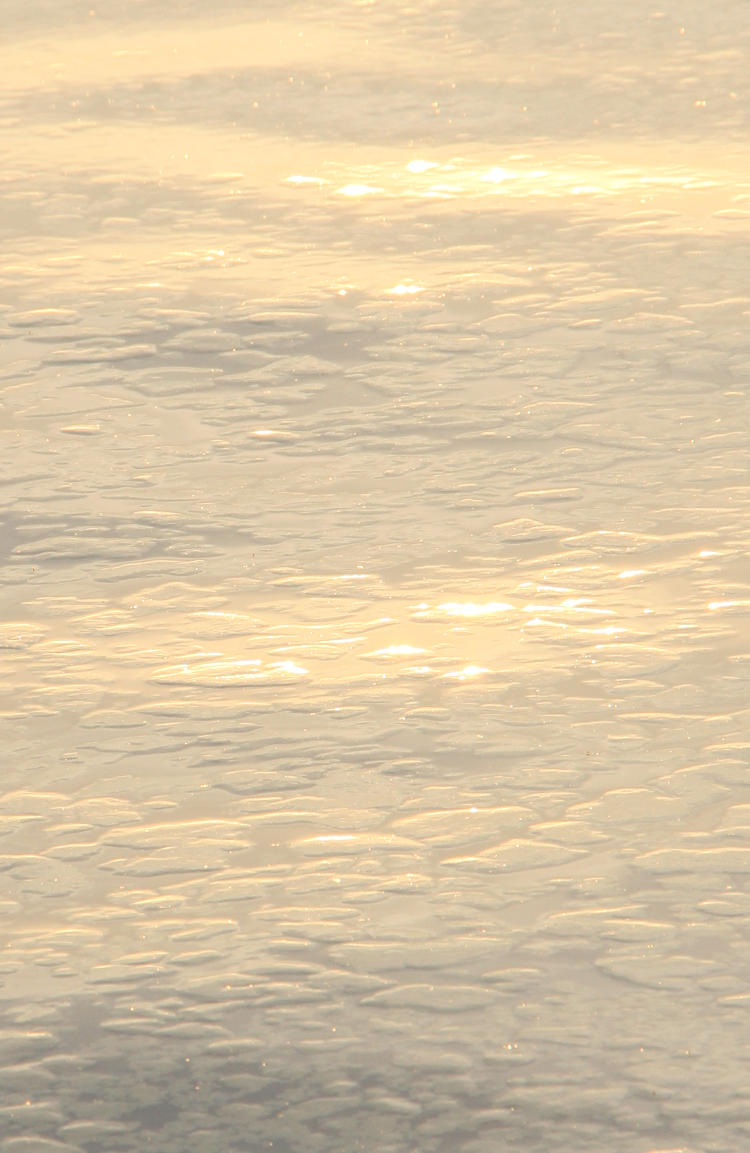
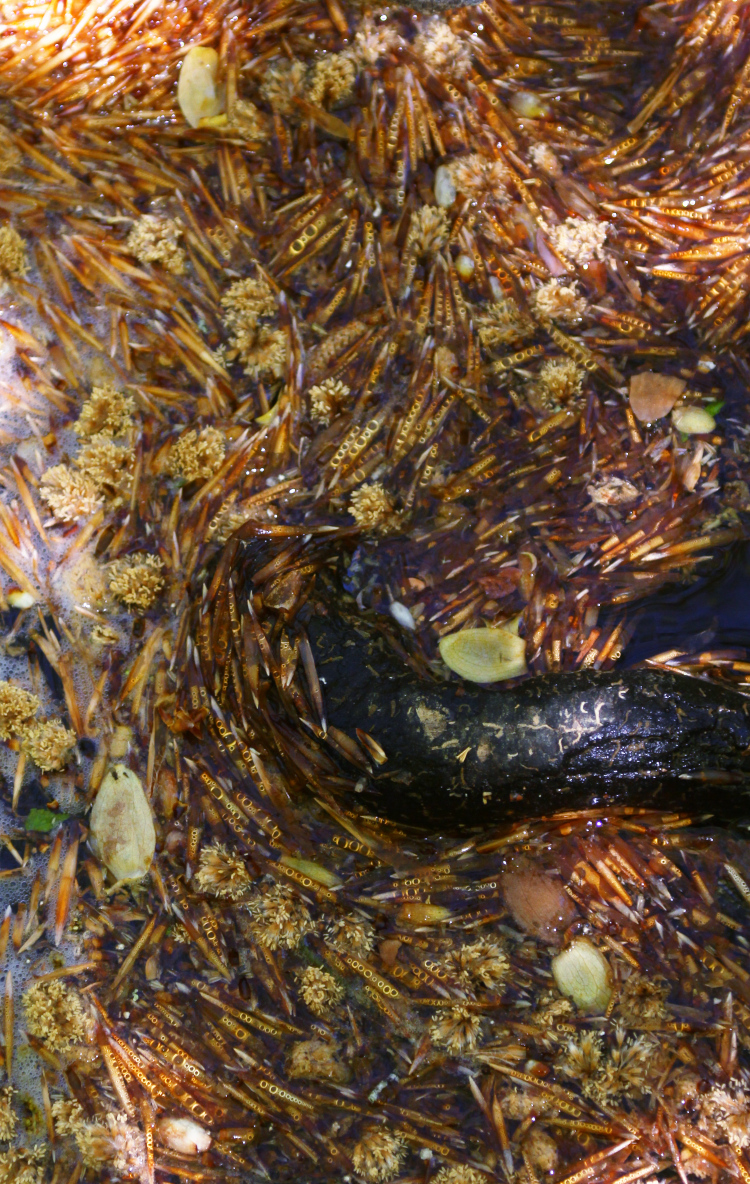
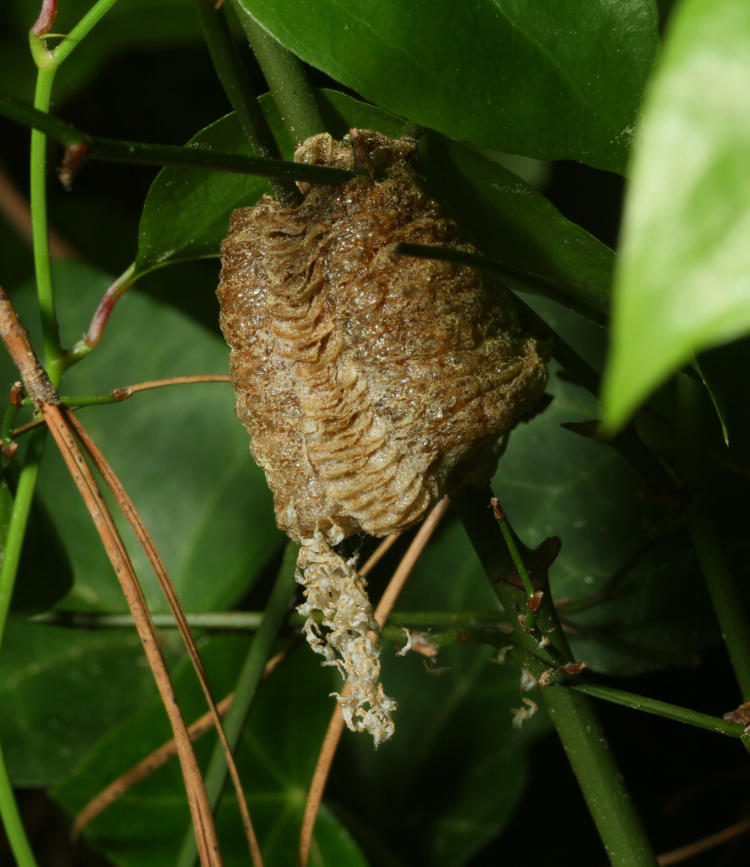
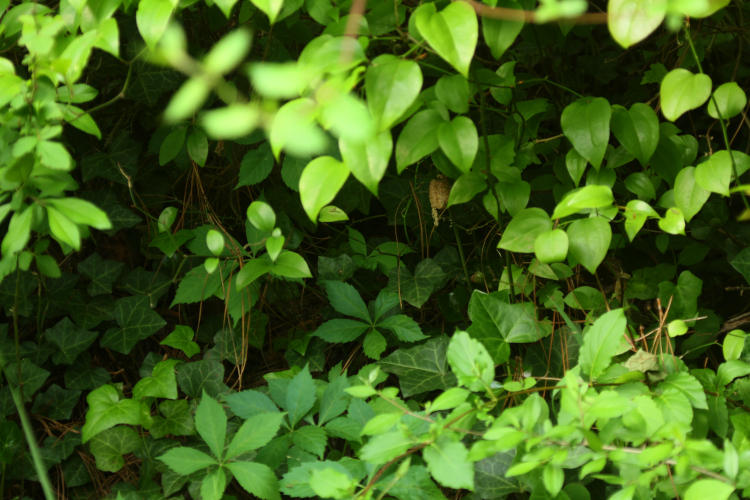
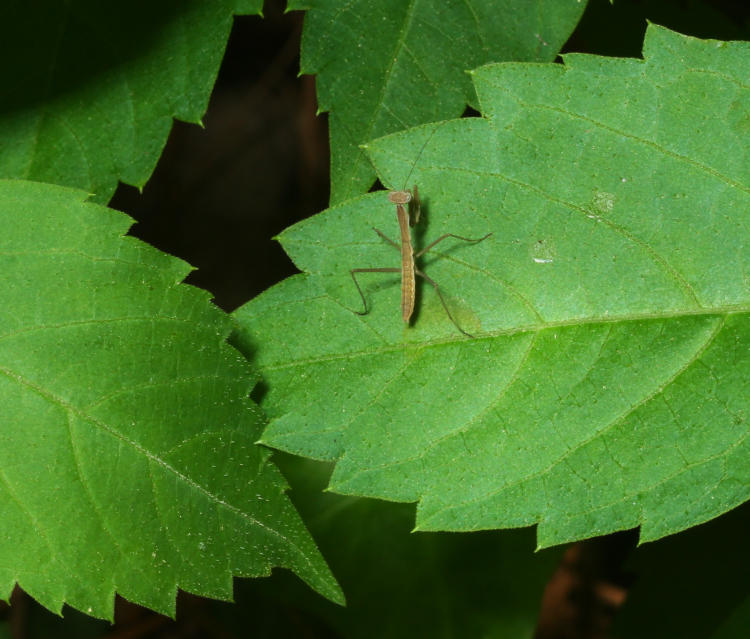
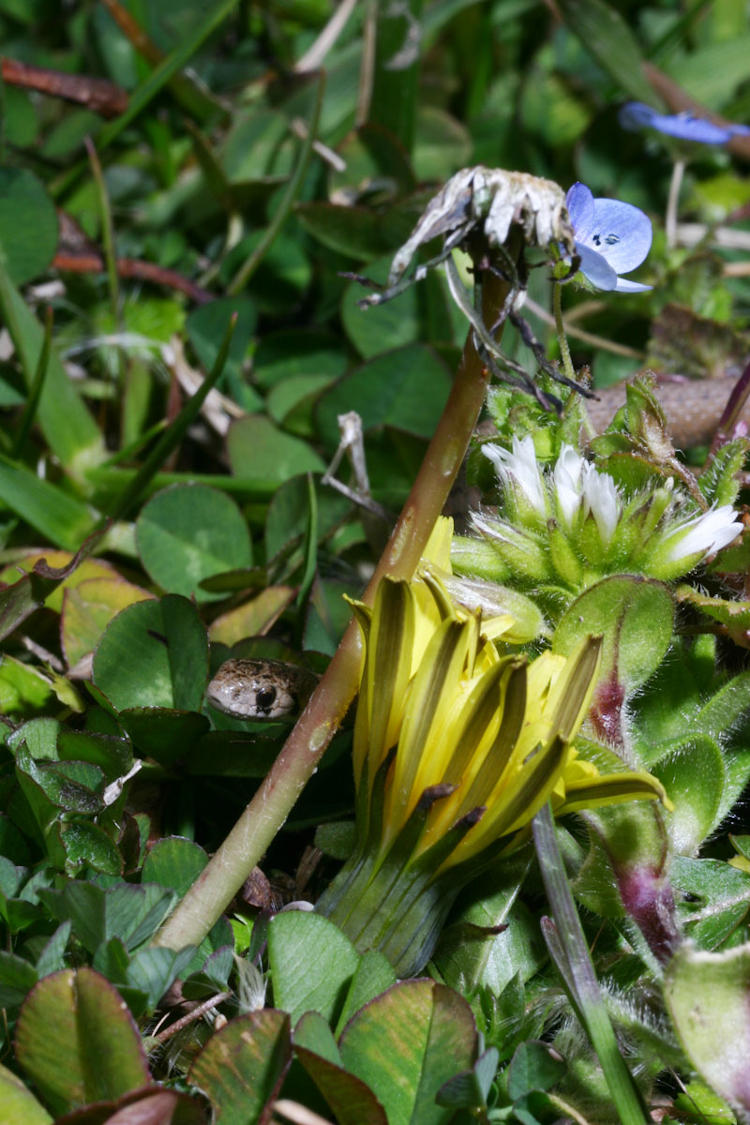
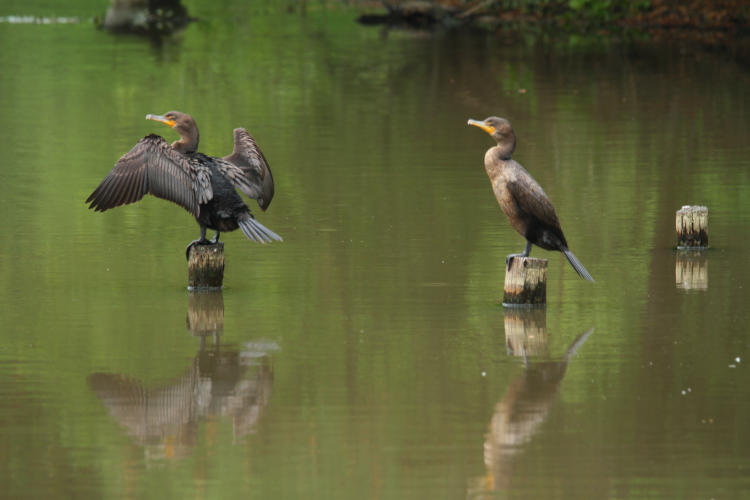
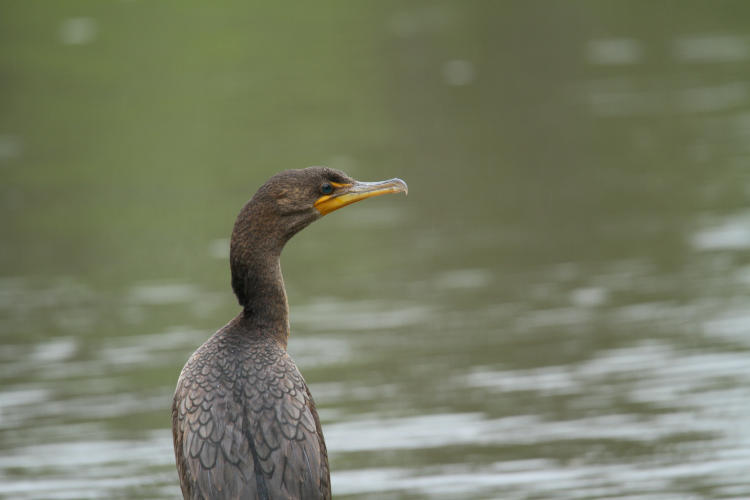

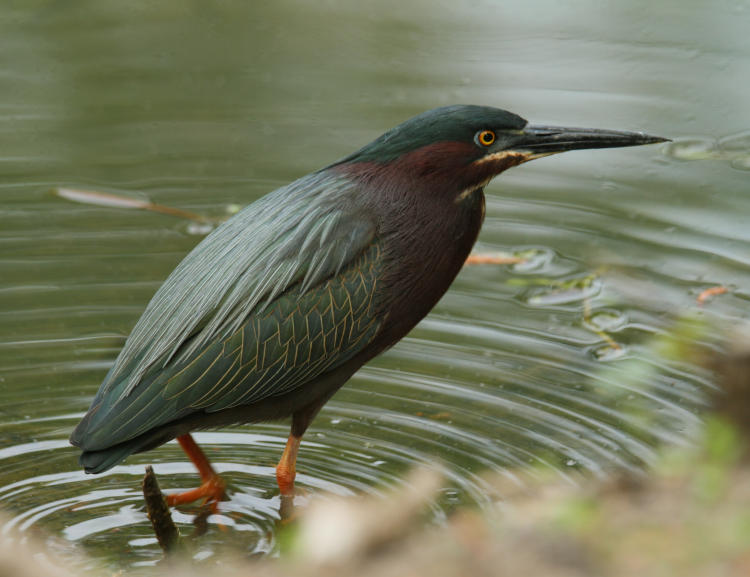
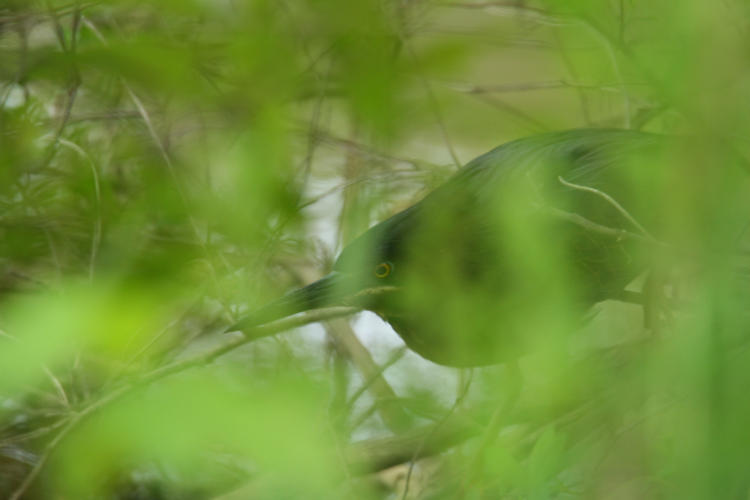

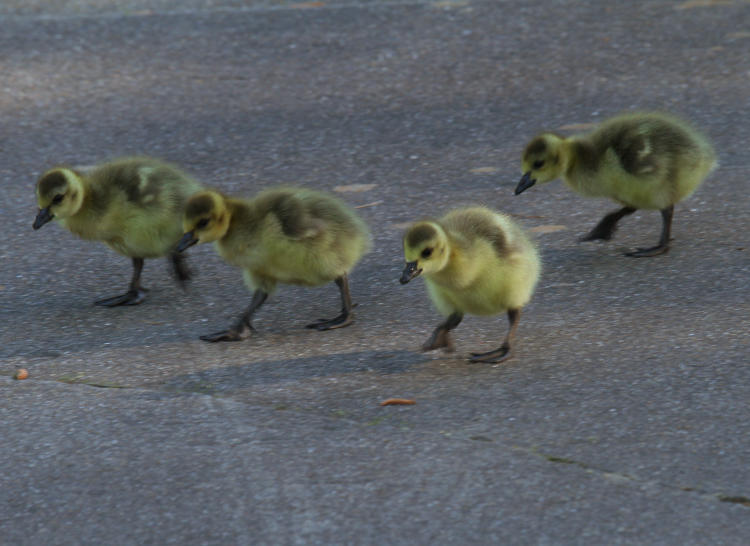
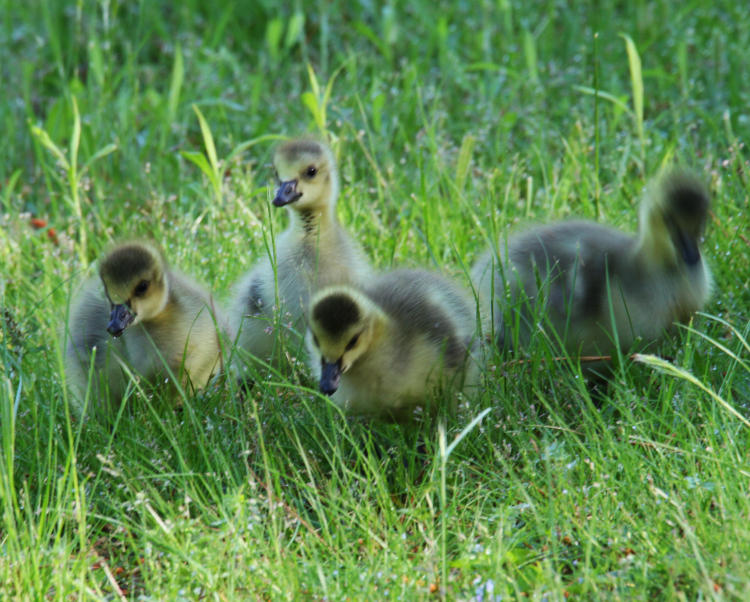
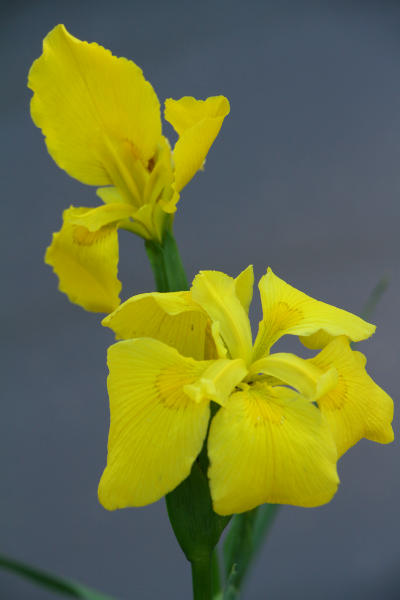 I played with a couple of fartsy frames, per Mr Bugg’s instructions, since the water iris was popping out in a couple of places. I searched the plants carefully for green treefrogs (or anything else of merit,) but didn’t get anything to work with except some dew drops, so I’m just O’Keeffing here.
I played with a couple of fartsy frames, per Mr Bugg’s instructions, since the water iris was popping out in a couple of places. I searched the plants carefully for green treefrogs (or anything else of merit,) but didn’t get anything to work with except some dew drops, so I’m just O’Keeffing here.